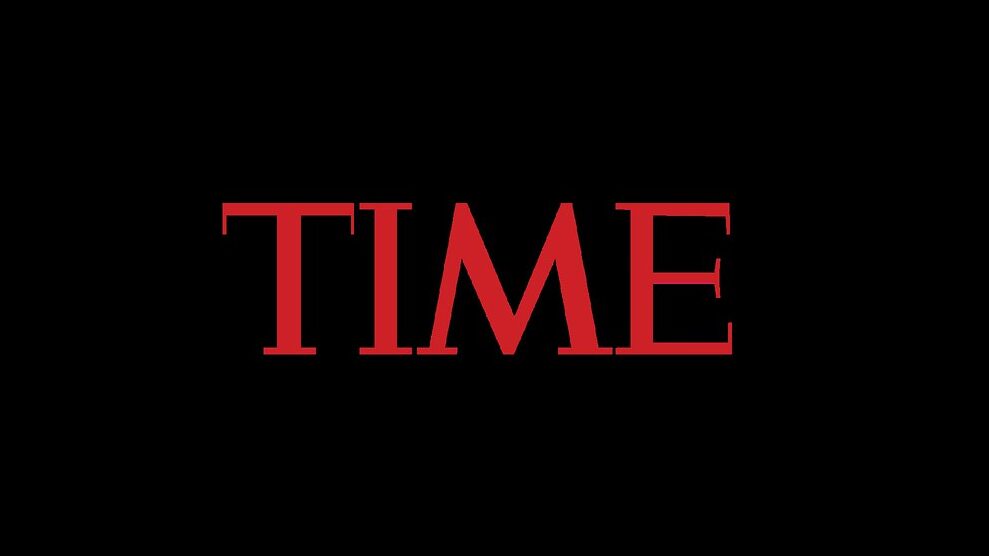McCourt is the executive chairman of McCourt Global and the founder and executive chairman of Project Liberty; Casey is the chief content officer at CoinDesk. Their new book is Our Biggest Fight: Reclaiming Liberty, Humanity, and Dignity in the Digital Age.
Tuesday, March 12 marked the 35th anniversary of the World Wide Web. Sir Tim Berners-Lee, the visionary who designed it, now says the web is “perverse,” and doing more harm than good. The way it has evolved, he says, generates dysfunctional incentives that allow a few giant platforms and their all-knowing algorithms to steer human behavior into antisocial, destructive directions.
So how do we fix the internet? Berners-Lee knows as much as anyone that it cannot be achieved with Band-Aid solutions. Previous approaches to solving the internet’s ills—for example, the European Union’s privacy protections, such as 2016’s General Data Protection Regulation (GDPR) and its “right to be forgotten” laws—have not delivered on their promise because they failed to address the core problem of the net’s design. As the great architect and design philosopher Buckminster Fuller once said, “You never change things by fighting the existing reality. To change something, build a new model that makes the existing model obsolete.” That’s the mindset we need to bring to this most urgent of tasks.
A foundational overhaul starts with the recognition that a basic challenge has long dogged the engineers who’ve built and maintained the internet: how is it possible to allow people to privately and safely identify themselves to one another without exposing sensitive information to the world at large?
Read the full excerpt on TIME here.
